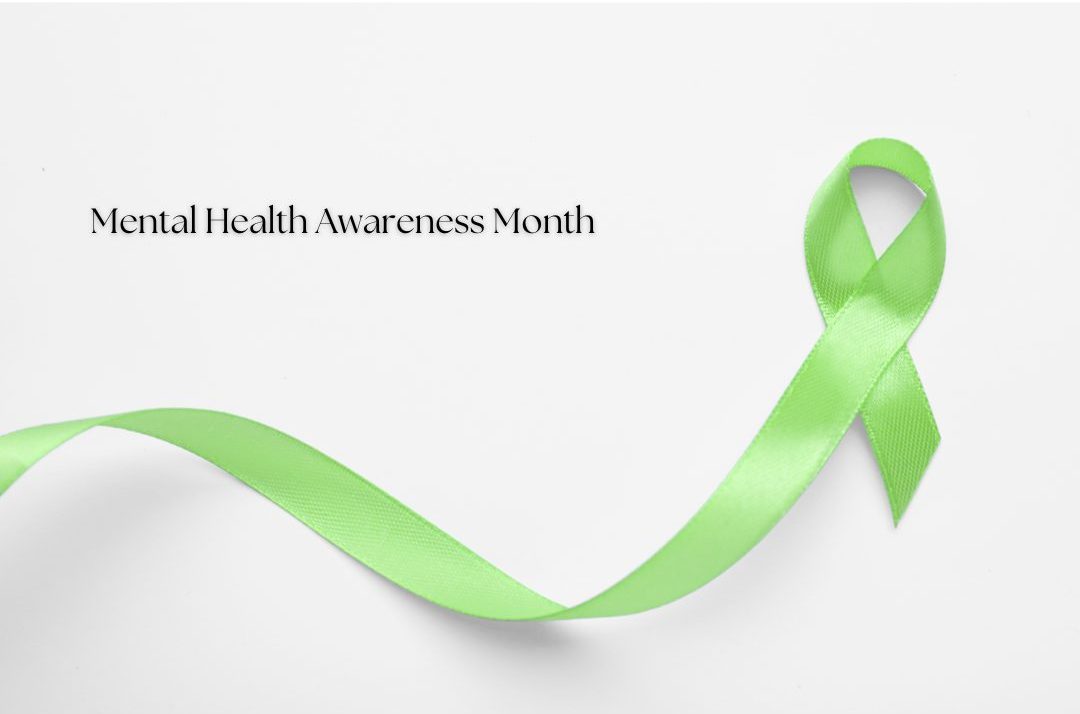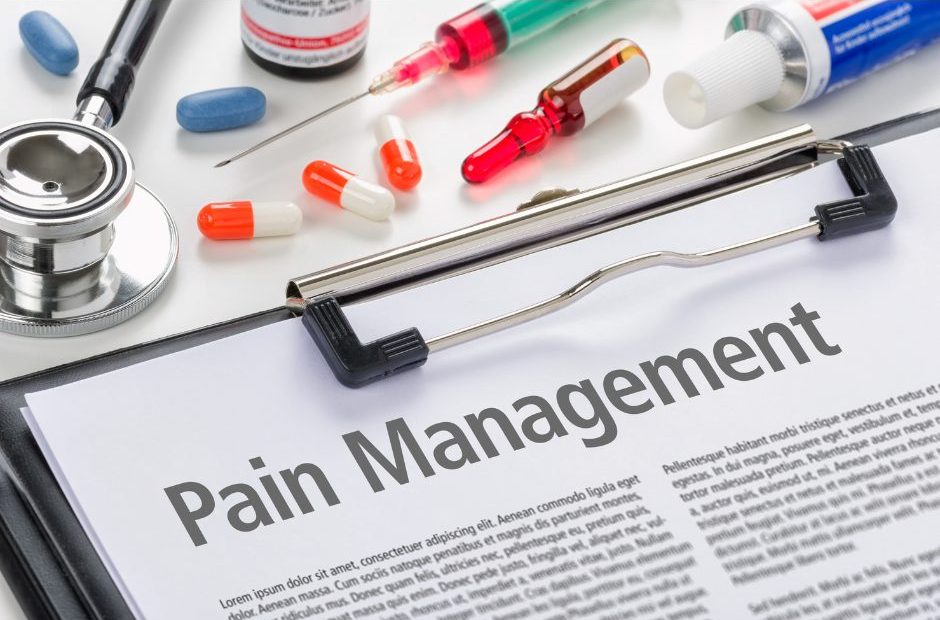The Intracept Procedure: A Revolutionary Solution for Chronic Low Back Pain By Dr. Edward Rubin,…

Exploring the Relationship Between Pain and Depression
Exploring the Relationship Between Pain and Depression
By Edward Rubin, MD
In the realm of pain management, it is increasingly recognized that chronic pain and depression are not just coincidental, but often interconnected. As a pain management specialist, I frequently observe the profound impact that this dual burden can have on patients’ quality of life. Understanding the complex relationship between pain and depression is crucial for effective treatment and improving patient outcomes.
The Bidirectional Link
The link between pain and depression is bidirectional; not only can chronic pain lead to depression, but depression can also exacerbate the perception of pain. Chronic pain can be debilitating, limiting a person’s ability to engage in work, social interactions, and daily activities, which in turn can lead to feelings of isolation and hopelessness—key components of depression.
Similarly, depression can affect the body’s pain response. Neurochemicals in the brain, like serotonin and norepinephrine, which regulate mood, also play a critical role in pain management. Depression can alter these chemicals, thereby increasing a person’s sensitivity to pain.
Recognizing Symptoms
It’s vital for patients and their families to recognize the symptoms of both conditions. Common signs of depression include persistent sadness, loss of interest in enjoyable activities, changes in appetite or weight, sleep disturbances, and fatigue. When these symptoms coincide with chronic pain, it is essential to seek a comprehensive evaluation.
Integrated Treatment Approach
Addressing both pain and depression might involve an integrated treatment approach that includes:
Medication: Antidepressants can be effective in treating both conditions. Some pain medications also have antidepressant properties, which can be beneficial.
Psychotherapy: Techniques such as cognitive-behavioral therapy (CBT) are effective for depression and can also help patients develop coping strategies to manage their pain.
Physical Therapy: Engaging in physical therapy can improve physical function and pain levels, which in turn can help alleviate depressive symptoms by boosting mood and activity levels.
Lifestyle Modifications: Regular exercise, adequate sleep, and a healthy diet can improve both depression and chronic pain.
Support Networks: Encouraging patients to engage with support groups or counseling can provide emotional support and coping strategies.
Conclusion
The interplay between pain and depression highlights the importance of a holistic approach to treatment. Patients suffering from either or both conditions should not have to navigate their symptoms alone. A multidisciplinary approach can offer the most effective relief, helping patients reclaim their lives from the grips of pain and depression.
For more information, or to schedule a consultation, please feel free to contact our office.




Comments (0)